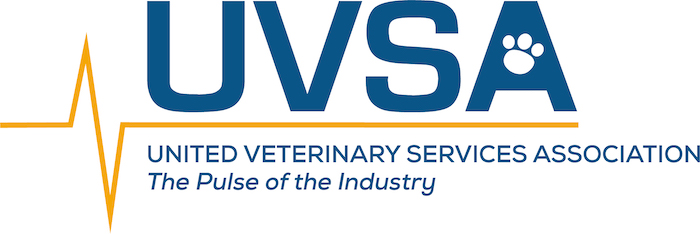|
Survey #2 - Retail and Ecommerce Dynamics and Shifts
With key findings presented at the UVSA Annual Conference 2019 in Nashville, the April 2019 UVSA Industry Insights Survey focuses on pet owner experiences with veterinary services. This survey reveals a gap between the high marks that pet owners give veterinarians for the quality of medical care provided, and the relatively moderate level of customer satisfaction with their overall veterinary clinic experience.
- Assessing the quality of medical care that their veterinarians provide, fully 95% of dog owners and 94% of cat owners describe themselves as “highly satisfied.”
- In contrast, only 70% of the dog owners and 75% of cat owners surveyed “strongly agree” that they are satisfied with the veterinary clinic they use, while 25% of dog owners and 22% of cat owners only “somewhat agree.”
- The top issue for veterinary service customers is cost, cited by half (48%) of the customers who weren’t fully satisfied with their veterinary clinic.
- In terms of cost concerns, customers single out medical tests and vaccines as the charges they particularly consider high-priced, rather than the general check-up fee.
- A set of secondary client satisfaction issues also emerged, including both service/convenience for the pet owner (20%) and the pet’s experience at the vet (11%).
- Among convenience issues, excessive waiting time to see the vet is the main concern, followed by lack of weekend or evening hours—issues that carry over from the human medical industry.
- Concerns related to the pet’s experience—alongside the pet’s owners experience—are distinctive findings of this survey, pointing to heightened expectations for pet care in this era of “humanized” pets. Excessive waiting time was again the highest-ranking concern, closely followed by a tangle of issues related to pet stress:
- the waiting area being too hectic for pets
- the vet’s staff not handling pets gently enough, and
- the clinic’s set-up either causing unnecessary stress for pets, or not proactively minimizing pet stress (such as providing a separate entrance/waiting area for cats, rather than a dog-dominated environment).
The veterinary industry must progressively respond to the changing expectations and broadening concerns of pet owners, to match the quality of medical care provided with client satisfaction levels—and therefore customer loyalty.
|
